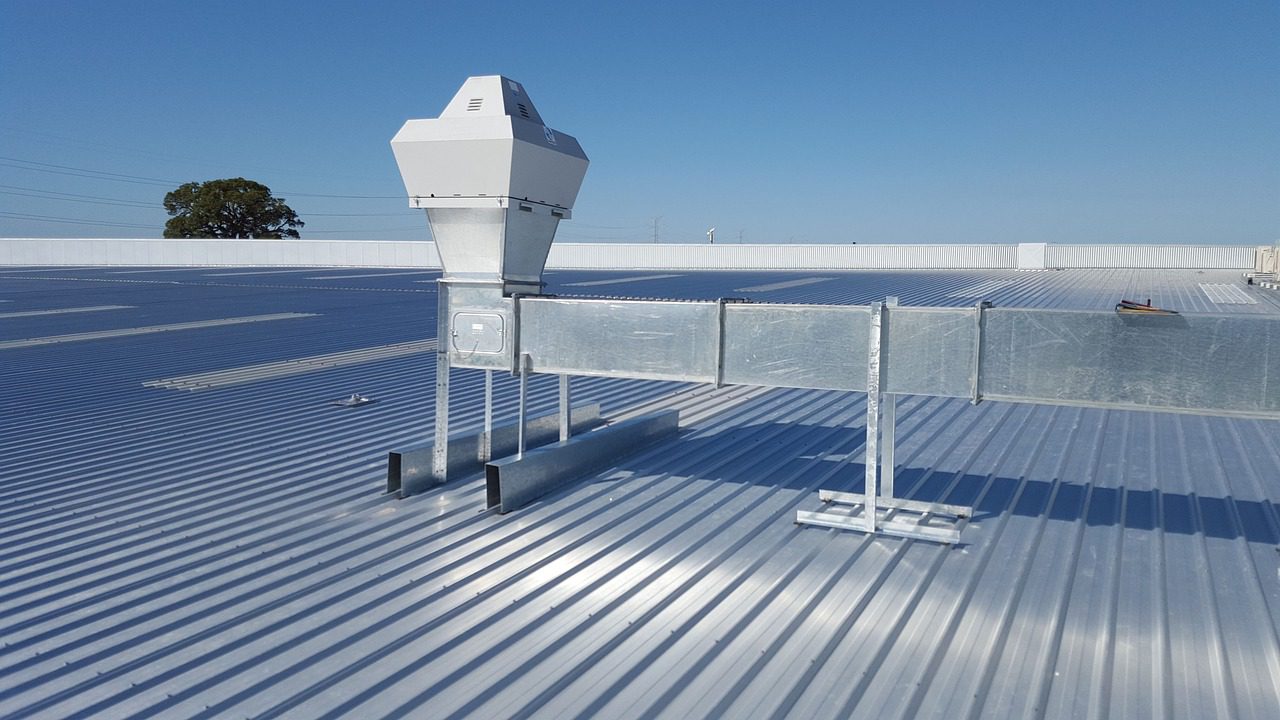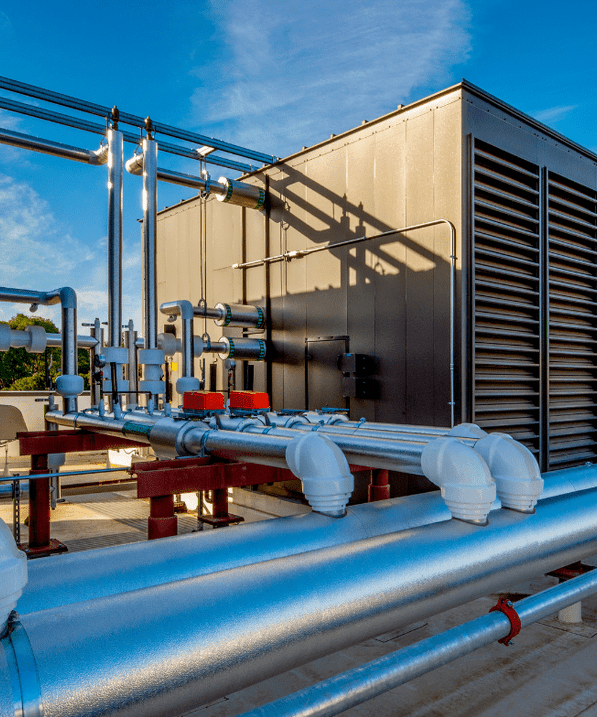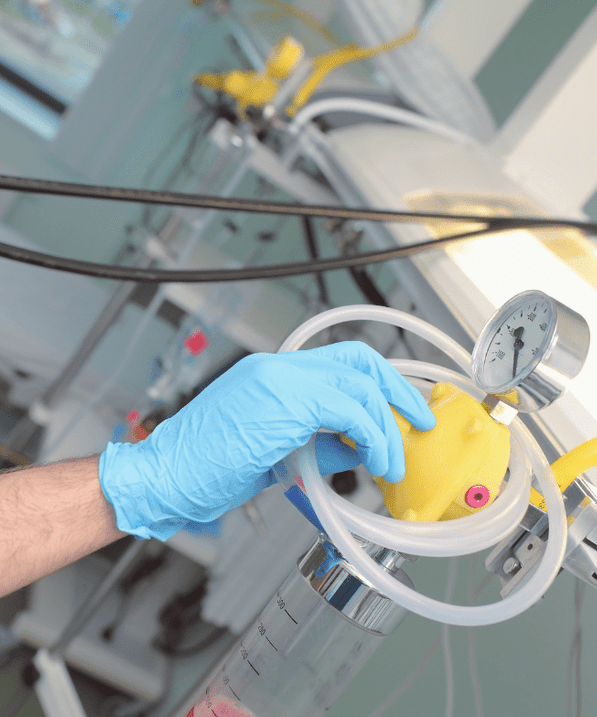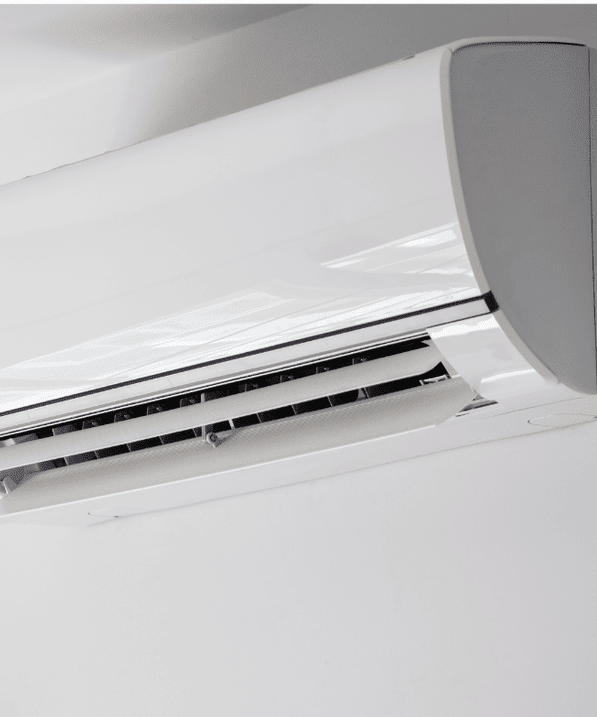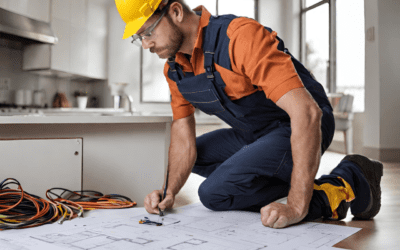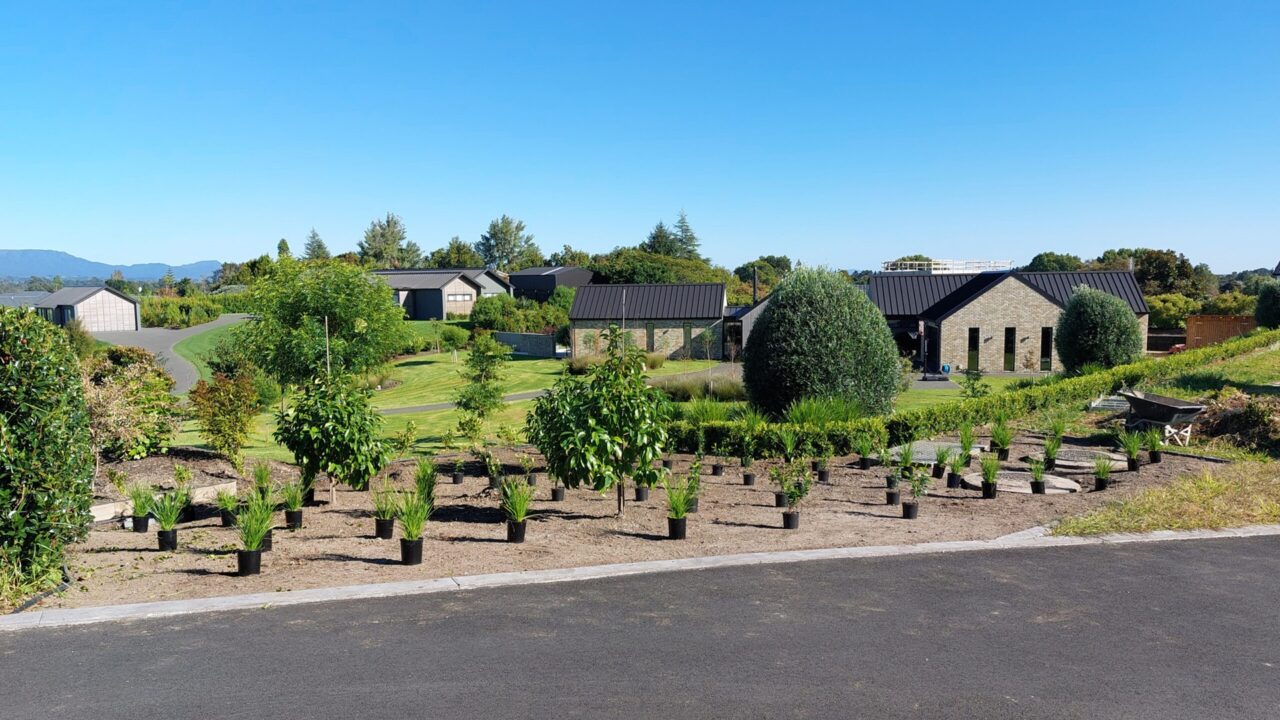Understanding HVAC (Heating, Ventilation and Air Conditioning) Systems
What is HVAC?
HVAC stands for Heating, Ventilation, and Air Conditioning. It refers to the systems and technology used to control the internal environment of a building or space. The goal of HVAC is to provide thermal comfort and healthy indoor air quality for the occupants.
HVAC systems control temperature, humidity, air quality, and ventilation to create a comfortable and safe indoor environment. They utilize a variety of equipment and components working together to heat, cool, dehumidify, filter, and circulate air. HVAC systems can vary greatly in size and complexity, from small residential units to large industrial systems. But in general, HVAC includes these key elements:
The Main Components of HVAC Systems
Heating
Heating systems are used to raise the indoor air temperature during colder months. There are several types of HVAC heating systems:
- Furnaces – Furnaces use gas, oil, electricity or other fuels to heat air, which is then distributed through ductwork and vents.
- Boilers – Boilers heat water or steam, which is circulated through radiators or pipes to heat the surrounding space.
- Electric Heaters – These use electricity to directly heat the air near the heating elements.
- Heat Pumps – Heat pumps move heat between indoor and outdoor spaces. In heating mode, they extract heat from outside air and pump it indoors.
Cooling
Cooling systems lower indoor air temperatures during warmer months. Common types include:
- Air Conditioners – AC units remove heat from indoor air and expel it outdoors using a refrigerant that absorbs then releases heat.
- Evaporative Coolers – These cool outdoor air through the evaporation of water before blowing it indoors.
- Chillers – Chillers cool water or other liquid, which is pumped through coils to absorb heat from indoor air.
Ventilation
Ventilation circulates and replaces air within a space. HVAC systems utilize:
- Ductwork – Sheet metal ducts that distribute air throughout a building through vents.
- Fans – Used to move air through ductwork and enhance air circulation.
- Air Handling Units – These house fans and regulate airflow into ductwork.
- Ventilation Openings – Allow stale indoor air to exit and fresh outdoor air to enter.
Air Filtration
Air filters remove airborne particulates like dust and pollen. Common types:
- Mechanical Filters – Made of fiberglass or polyester to trap large particles.
- Electronic Air Cleaners – Use electrostatic charges to attract particles.
- HEPA Filters – Extremely fine filters that capture tiny particles like mold and bacteria.
Humidity Control
Regulates interior moisture levels for comfort and health. Methods include:
- Humidifiers – Increase humidity by adding moisture to air.
- Dehumidifiers – Reduce humidity by condensing and removing water vapor.
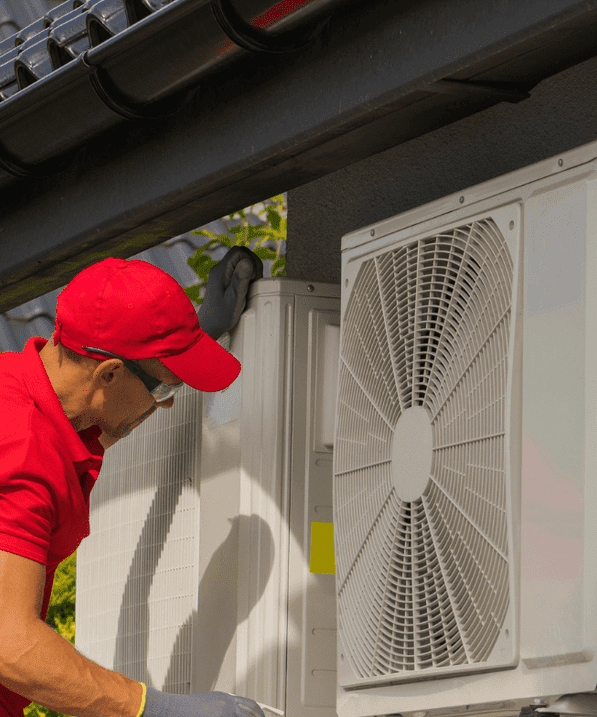
How Do HVAC Systems Work?
Heating, Cooling, and Air Conditioning systems utilize a few key principles to accomplish heating, cooling, ventilation, humidity control, and air cleaning:
Thermodynamics
Heating and cooling rely on thermodynamics – the movement of heat between places with different temperatures. Heat naturally flows from warmer places to cooler places. HVAC systems use this principle to transfer heat in or out of a space.
Refrigeration
The refrigeration cycle, involving compression and phase change of refrigerants, enables heat absorption for cooling.
Air Handling
Fans and ductwork circulate conditioned air while filters clean it. Ventilation exchanges indoor and outdoor air.
Hydronics
Pumping heated or chilled water through pipes allows efficient heat transfer for radiant heating/cooling.
Psychrometric
Understanding the thermodynamic properties of moist air allows precise humidity control.
Controls
Programmable thermostats, sensors and automation adjust HVAC operation to maintain set temperatures and conditions.
By leveraging these scientific concepts, HVAC systems can create comfortable and healthy indoor environments efficiently.
HVAC System Configurations
There are two main types of HVAC systems defined by how air is delivered:
Centralized
Central systems have an outdoor condenser/evaporator connected to an indoor furnace or air handler. Conditioned air is distributed through ductwork to vents throughout a building. Zones allow different spaces to be controlled independently. Central HVAC offers whole-building comfort control.
Decentralized
With decentralized systems, heating/cooling equipment is located directly within the spaces it serves. Wall furnaces, window AC units, and PTACs (packaged terminal air conditioners) are examples. These systems offer more localized control.
HVAC systems can also be categorized based on the type of energy used:
- Electric
- Gas
- Oil
- Geothermal
- Solar
And by their heating and cooling capabilities:
- Heating only
- Cooling only
- Heating and cooling (split systems)
- Heat pumps (for both heating and cooling)
HVAC Equipment
HVAC systems incorporate a range of equipment to accomplish their functions:
Heating Equipment
- Gas, oil or electric furnaces
- Boilers
- Radiators
- Electric resistance heaters
- Heat pumps
Cooling Equipment
- Air conditioning units
- Evaporative coolers
- Chillers
- Cooling coils and condensers
- Heat pumps
Air Distribution
- Ductwork
- Vents, registers, diffusers
- Fans and blowers
- Air handling units
Filtration and Purification
- Mechanical filters
- Electronic air cleaners
- HEPA filters
- Air purifiers
- Humidifiers
- Dehumidifiers
Controls
- Thermostats
- Sensors
- Control boards
- Building automation systems
Proper sizing, selection and installation of all these components are needed for optimum HVAC performance.
HVAC System Design Considerations
Designing and installing HVAC systems requires careful planning and expertise. Here are some key factors to consider:
Building Size and Layout
The size, floorplan and zoning needs of a building dictate HVAC requirements like system types and equipment capacities.
Local Climate
Regional climate influences ideal system types and the extremes the Heating, Cooling, and Air Conditioning system must handle – for example, extreme cold or heat.
Building Use
The occupancy, activities, schedules and usages within a building impact the indoor conditions an HVAC system must maintain.
Energy Efficiency
System types, equipment efficiency ratings, controls and proper installation affect the energy usage of HVAC systems.
Noise and Vibrations
HVAC often requires acoustical planning to minimize noise and vibrations for building occupants.
Costs
A variety of options exist at different price points. Overall costs depend on system size, complexity and efficiency.
Codes and Standards
HVAC design and installation must comply with relevant building codes and ASHRAE standards.
With careful planning around these factors, Heating, Cooling, and Air Conditioning systems can be designed for optimal comfort, air quality, safety and efficiency.
HVAC Maintenance
Like any complex system, HVAC requires regular maintenance and servicing for proper operation. Typical HVAC maintenance includes:
Air Filter Replacement
Filters must be checked and changed per manufacturer recommendations, often every 1-3 months.
Ductwork Inspection and Cleaning
Ductwork should be periodically inspected for dirt, leaks or damage, and cleaned as needed.
Coil Cleaning
Heat exchanger and evaporator coils can accumulate dirt and debris over time, requiring cleaning.
Drain Line Inspection
Drain lines must be checked for obstructions to allow condensation drainage.
Sensor Calibration
Sensors may require occasional recalibration to report conditions accurately.
Leak Checks
Refrigerant levels and ductwork should be checked for leaks, which decrease efficiency.
General Inspections
Technicians thoroughly inspect all system components for wear, corrosion and other issues annually.
Proactive maintenance helps HVAC systems run safely and efficiently, providing long-term comfort and cost savings.
Energy Efficiency
With heating and cooling accounting for over 40% of a building’s energy use, HVAC efficiency is a major focus. Ways to improve HVAC energy efficiency include:
- Installing ENERGY STAR certified equipment
- Utilizing zone control and programmable thermostats
- Optimizing equipment sizing for the space
- Performing regular maintenance and tune-ups
- Ensuring ductwork is tightly sealed
- Upgrading to a newer system
- Switching to more efficient system types
- Adding insulation and windows
- Utilizing waste heat recovery and heat pumps
Even small efficiency improvements generate significant energy savings over years of HVAC operation.
HVAC and Indoor Air Quality
One of the main purposes of HVAC systems is providing healthy, comfortable interior environments. Methods HVAC can improve indoor air quality:
- Air filtration to remove particulates
- Ventilation with outdoor air
- Humidity control to inhibit mold growth
- Air purification technologies like HEPA filtration
- Installation of CO2 sensors to indicate ventilation needs
- UV lights to kill mold and bacteria
- Proper drainage and coil maintenance to limit pathogen growth
- Sealing ductwork to prevent dust accumulation
- Regular maintenance and filter changes
Good indoor air quality enhances occupant health, comfort and productivity.
Industry Trends
Some current trends shaping the Heating, Cooling, and Air Conditioning industry include:
- Connectivity – HVAC systems are integrating remote monitoring, control and troubleshooting via internet and mobile apps.
- Energy Efficiency – Stricter efficiency standards and rising energy costs make high-efficiency HVAC equipment increasingly in demand.
- Zone Control – Precise, customizable zoning with multiple thermostats provides comfort and saves energy.
- Mini-Split Systems – Flexible ductless mini-split heat pumps are gaining popularity in residential and commercial buildings.
- Renewable Heating – Renewable technologies like geothermal and solar heating are seeing greater adoption.
- IAQ Monitoring – Advanced indoor air quality monitoring using sensors is becoming more commonplace.
- Smart Technology – Artificial intelligence and analytics are enabling greater automation and system optimization.
HVAC technology continues to evolve, providing more advanced comfort, efficiency, control and air quality capabilities.
Careers
HVAC offers a variety of career opportunities, from hands-on trade roles to advanced engineering positions.
Technician
Installs, maintains and repairs Heating, Cooling, and Air Conditioning systems. Requires technical training and certification.
Mechanic
Focuses on fixing mechanical aspects of Heating, Cooling, and Air Conditioning systems like refrigeration, motors and fans.
Engineer
Designs HVAC systems and selects appropriate equipment. Requires engineering education.
Salesperson
Sells Heating, Cooling, and Air Conditioning equipment, provides product expertise and technical support.
Inspector
Inspects HVAC installations for compliance with codes and regulations.
With demand for qualified HVAC professionals on the rise, there are growing career prospects in this essential industry.
Frequently Asked Questions
What are the signs I need a repair of my unit?
Some signs your HVAC system may need repair include:
- Unusual noises when it operates.
- Higher utility bills
- Room temperatures too hot or cold
- Uneven cooling or heating in parts of your home
- Poor airflow at vents
- Strange smells from vents
- Condensation leaks
Contact an HVAC technician if you notice these or other issues.
How often should HVAC maintenance be performed?
General Heating, Cooling, and Air Conditioning maintenance should be performed annually by a professional technician. You should also change air filters every 1-3 months and clean condenser coils yearly. Proper maintenance prevents problems and keeps your system running efficiently.
What does zoning for Heating, Cooling, and Air Conditioning Systems mean?
HVAC zoning divides your home into distinct zones controlled by separate thermostats. This allows you to customize temperatures based on room usage. For example, you can set the basement colder than bedrooms. Zoning can improve comfort and reduce energy costs.
Should I run HVAC fan continuously or auto?
It’s generally best to use the auto fan setting to only circulate air when the system is heating or cooling. Running it continuously can increase energy usage and wear. But continuous fan can help with air filtration and circulation in some homes.
How can I improve the energy efficiency of my unit?
To increase HVAC energy efficiency, you can have a professional perform maintenance and tune-ups, upgrade to a newer high-efficiency system, ensure ductwork is sealed, adjust temperature settings, install a programmable thermostat, and add insulation and weatherproofing.
